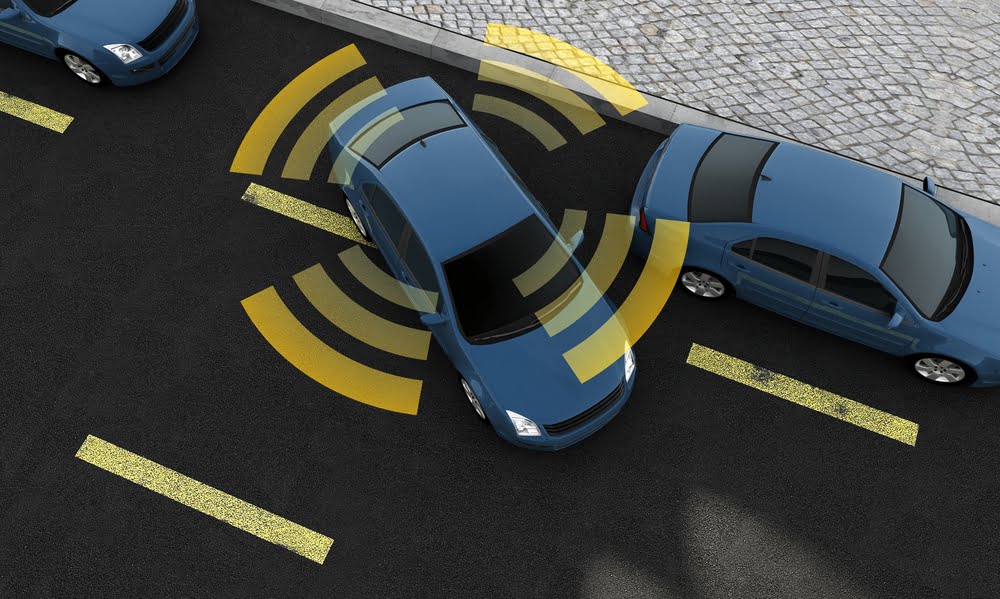Most consumers are well aware of how US legislators are looking to revise self-driving vehicle regulations. Without proper regulation, this technology will not go very far, as it still technically occupies a gray area. These new guidelines will help automakers create safe and exciting autonomous vehicles in the coming years. There is still no timetable for the new guidelines, but they may be revealed as early as next week.
Harsh Regulation of a Stimulating Environment?
That appears to be the main question on most people’s minds as far as autonomous vehicles in the US are concerned. The first generation of such guidelines were introduced during the Obama administration not too long ago. With President Trump in the driving seat right now, those existing regulations will change pretty quickly. Sources close to the Department of Transportation claim the revised guidelines will be unveiled on September 12th.
The existing guidelines are not sufficient to accommodate the future of self-driving cars. Automakers had proposed several tests to put more self-driving vehicles on the road. Right now, the number of “tracks” to test self-driving cars is still fairly limited. In fact, this space is far more restricted than most people would like it to be, especially considering how these autonomous cars are designed to shake up the transportation sector on a global scale. The US does not want to be left behind.
So far, the review process for these guidelines has not yielded many comments or changes. We do know that Department of Transportation Secretary Elaine Chao is working on introducing some much-needed changes, but she has not gone into specifics just yet. If automakers are allowed to test more vehicles in the future, companies could adhere to their predetermined schedules to introduce self-driving cars in the US and other markets. After all, more car tests means more data to collect and more work that can be done.
Interestingly enough, sources claim the White House approved some of the changes proposed by Chao back at the end of August. No one knows for sure what those changes entailed, and no specific information has been revealed up to this point. Some people close to the matter have mentioned how these changes were direly needed, though. A more concrete regulatory framework will benefit automakers first and foremost. Additionally, it will pave the way for consumer adoption of driverless vehicles in the future.
Conventional vehicles, as it turns out, have rather lenient safety guidelines. Car makers can certify vehicles based on their own safety regulations, but that is not possible with autonomous vehicles just yet. If the rules are changed in such a way that this certification would be allowed, we may very well see accelerated development of self-driving cars in the future. Until an official announcement is made – next week, allegedly – we cannot say for sure how the new guidelines will look.
There is also an important vote which will take place later today. The SELF DRIVE Act will be voted on by the US House of Representatives. If approved, the bill will bolster the development of self-driving vehicles – those without steer or pedals – even further. Although some companies are already working on such products, there is still no official “approval” that would allow these vehicles to come to market. Many people are freaked out by the idea of a car without pedals and a steering wheel, which is not entirely surprising.
Update: The U.S. House has voted overwhelmingly in favor of passing The SELF DRIVE Act.

